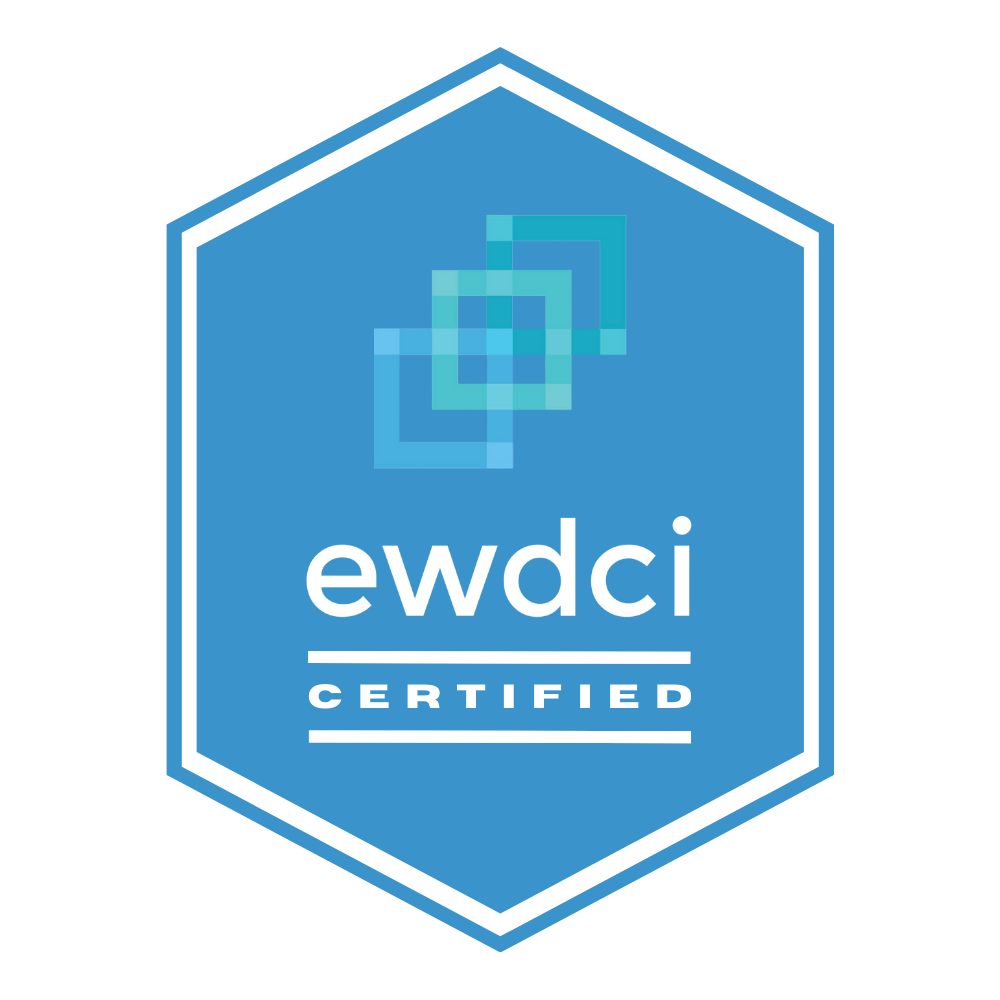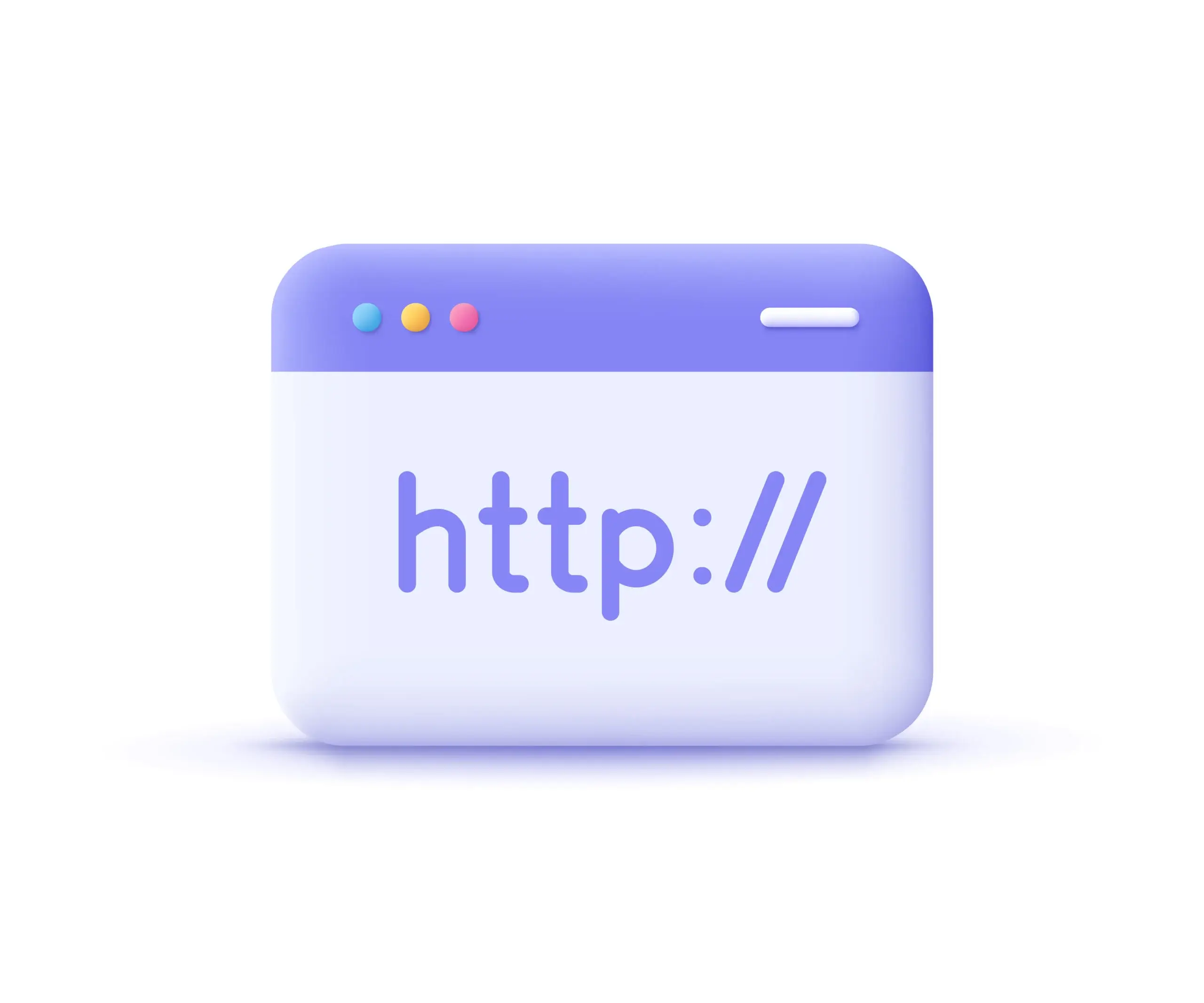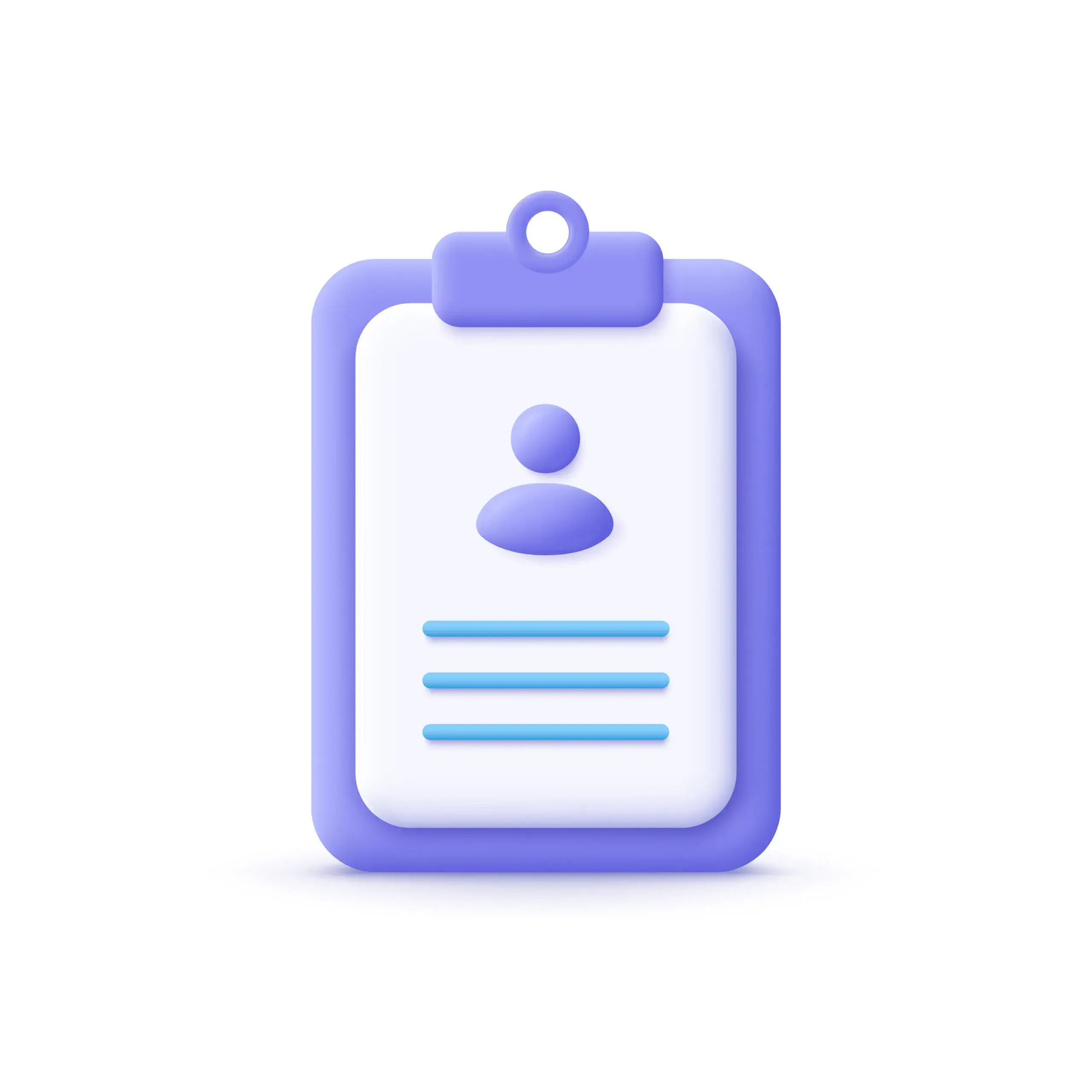In our data-driven world, untapped data could be the key to unlocking competitive advantages—and with the powerful utility of a Scraping API, this process has never been more accessible. Elevate your data capabilities by enriching your databases with multifaceted information ranging from comprehensive company demographics to real-time social media insights, down to nuanced product reviews.
This invaluable resource empowers you to convert vast amounts of nearly inaccessible data into compelling, actionable intelligence that can profoundly influence business strategies. Explore various Scraping API use cases, from tracking market trends and customer sentiments to monitoring competitor activities, each offering a unique edge for your business insights. Embrace the sophistication of web scraping tools; it’s time to harness the power of a Scraping API and reveal the hidden potential within your data.
Key Takeaways

- Scraping APIs can streamline the process of enriching datasets with external data sources.
- Conducting a gap analysis can help identify areas where additional data can lead to better decision-making.
- Utilizing a Scraping API can efficiently gather key company demographics, providing accuracy and consistency in the collected data.
- Incorporating a Scraping API to collect product reviews allows for valuable insights from customer testimonials and swift responses to their needs and preferences.
Understanding Scraping APIs
Explore how Scraping APIs can streamline the process of enriching your datasets with external data sources, from company backgrounds to user-generated content. These tools allow you to automatically collect information from various websites and integrate it into your databases.
By using a Scraping API, you’re able to bypass the tedious task of manually harvesting data, saving you both time and effort. You can set parameters and filters to target specific types of data, ensuring that you’re only gathering the most relevant and valuable information.
This means you’ll be able to enhance your datasets with up-to-date insights, making your analysis more comprehensive and your conclusions more robust.
Embrace Scraping APIs to keep your data rich and your insights sharp.
Identifying Data Enrichment Needs
Before you dive into using a Scraping API, you’ll need to assess what additional data your existing datasets require to become more insightful and actionable. Here’s what to consider:
- Gap Analysis: Look at your current data. Where are the gaps that, if filled, could lead to better decision-making? Is it customer demographics, market trends, or competitor analysis?
- End Goals: Define what you’re aiming to achieve. Are you looking to enhance customer profiles, improve product recommendations, or track brand sentiment?
- Data Sources: Identify where the additional data can be sourced. Is it social media platforms for consumer insights, industry reports for market data, or review sites for customer feedback?
Scraping for Company Demographics
You can enrich your dataset with key company demographics by utilizing a Scraping API to efficiently gather this vital information. Whether you’re analyzing market trends or scouting for potential partnerships, understanding a company’s size, location, industry, and revenue is crucial.
A Scraping API automates the extraction of these details from various business directories and corporate websites.
By integrating a Scraping API, you’re not just saving time; you’re ensuring accuracy and consistency in the data collected. This process allows you to pull the latest information, maintain your database’s relevancy, and make informed decisions based on the most current insights.
Gaining Social Media Insights
Harnessing the power of a Scraping API, you’ll unlock valuable social media insights that can transform your understanding of customer behavior and brand perception. This data is crucial; it’s the difference between guessing and knowing what resonates with your audience.
Here’s what you can achieve:
- Trend Analysis: Identify and leverage emerging trends by analyzing hashtag usage, post frequency, and engagement rates.
- Sentiment Analysis: Gauge public sentiment towards your brand in real time by evaluating the tone of comments, shares, and reactions.
- Competitor Benchmarking: Compare your social media performance against competitors to find areas for improvement and capitalize on their weaknesses.
These insights aren’t just numbers; they’re the keys to refining your strategy and making informed decisions that drive your brand’s success.
Collecting Product Reviews
Incorporate a Scraping API to pull in hundreds of product reviews, providing a wealth of customer feedback directly into your dataset. This isn’t just about gathering data; it’s about understanding what your customers think. With an API, you can automate the collection process, ensuring you don’t miss out on the valuable insights buried in customer testimonials.
Imagine having a constantly updated stream of opinions on your products. You’ll spot trends, identify areas for improvement, and better gauge customer satisfaction. Plus, by analyzing sentiment, you can turn qualitative judgments into quantitative data. It’s like having a direct line to your consumer base, and you’ll be poised to respond swiftly to their needs and preferences.
Harness the power of product reviews, and let the data drive your next big decision.
Integrating API Data Effectively
After collecting data through a Scraping API, you’ll need to integrate it seamlessly into your existing datasets to enhance your analytical capabilities. To ensure you’re doing this effectively, consider the following steps:
- Map the Data Fields: Align the API data fields with those in your existing datasets. This ensures that the new information fits into the established structure without causing discrepancies.
- Clean and Normalize: Prep the new data by cleaning any inconsistencies and normalizing it to match the format and standards of your current data.
- Automate the Integration: Set up an automated process that regularly pulls in the latest data from the API, so your datasets are always current and comprehensive, without requiring manual updates.
FAQ:
What is a scraping API?
A scraping API is a tool that automates the extraction of data from websites and web applications. It can pull information such as company demographics, social media insights, or product reviews and format it into structured data.
How can I use a scraping API to add data to an existing dataset?
You can use a scraping API to collect additional fields of information from various websites and integrate them into your existing database or dataset. For example, if you have a list of companies, you can use a scraping API to obtain their employee size, industry, or social media metrics and append this to your current records.
Is it legal to scrape data from websites?
Legality depends on several factors, including the website’s terms of service, the type of data you’re scraping, and local laws such as the GDPR for European data. Always ensure you have the legal right to scrape the data you intend to collect.
Can scraping APIs bypass websites’ anti-scraping measures?
Some scraping APIs offer features that help to navigate around anti-scraping techniques, such as rotating IP addresses, using headless browsers, and implementing delays between requests. However, this is a gray area both legally and ethically, and caution should be exercised.
How can I ensure the quality of data collected via a scraping API?
To ensure data quality, you may need to implement post-scraping data cleaning processes, such as validation checks, deduplication, and normalization, to ensure that the data is accurate and consistent.
What are the challenges of merging scraped data with existing datasets?
Merging scraped data with existing datasets can be challenged by inconsistencies in data formats, duplicates, missing values, and the quality of the scraped data. Data integration typically requires careful mapping of fields and data transformation efforts.
How can I enrich my company’s dataset with social media insights using a scraping API?
You can scrape social media profiles, posts, and user interactions of companies using a scraping API to collect insights such as engagement rates, follower counts, or mentions. This data can be added to your company’s datasets to provide a more rounded view of a company’s online presence.





















